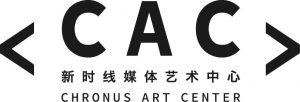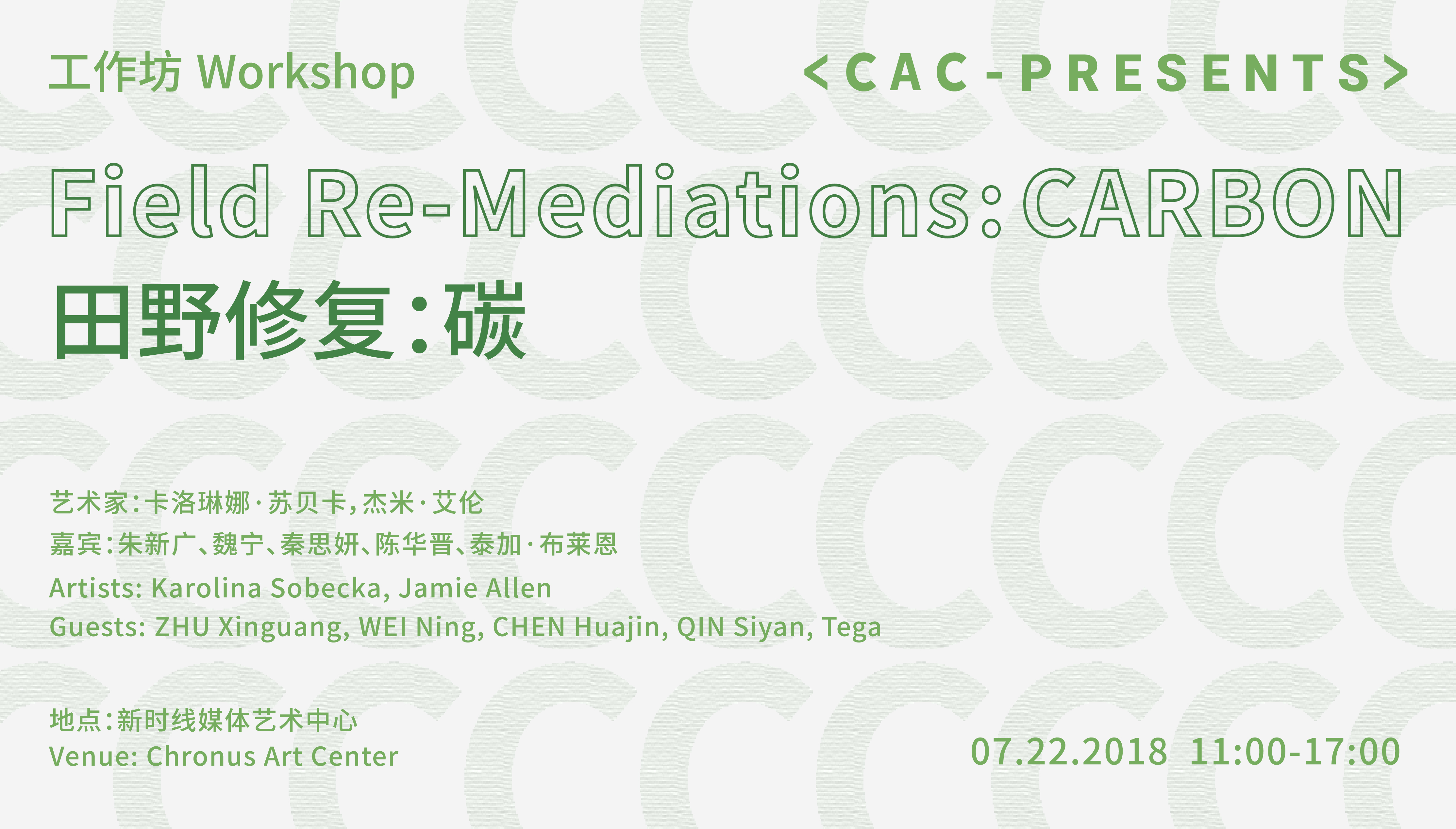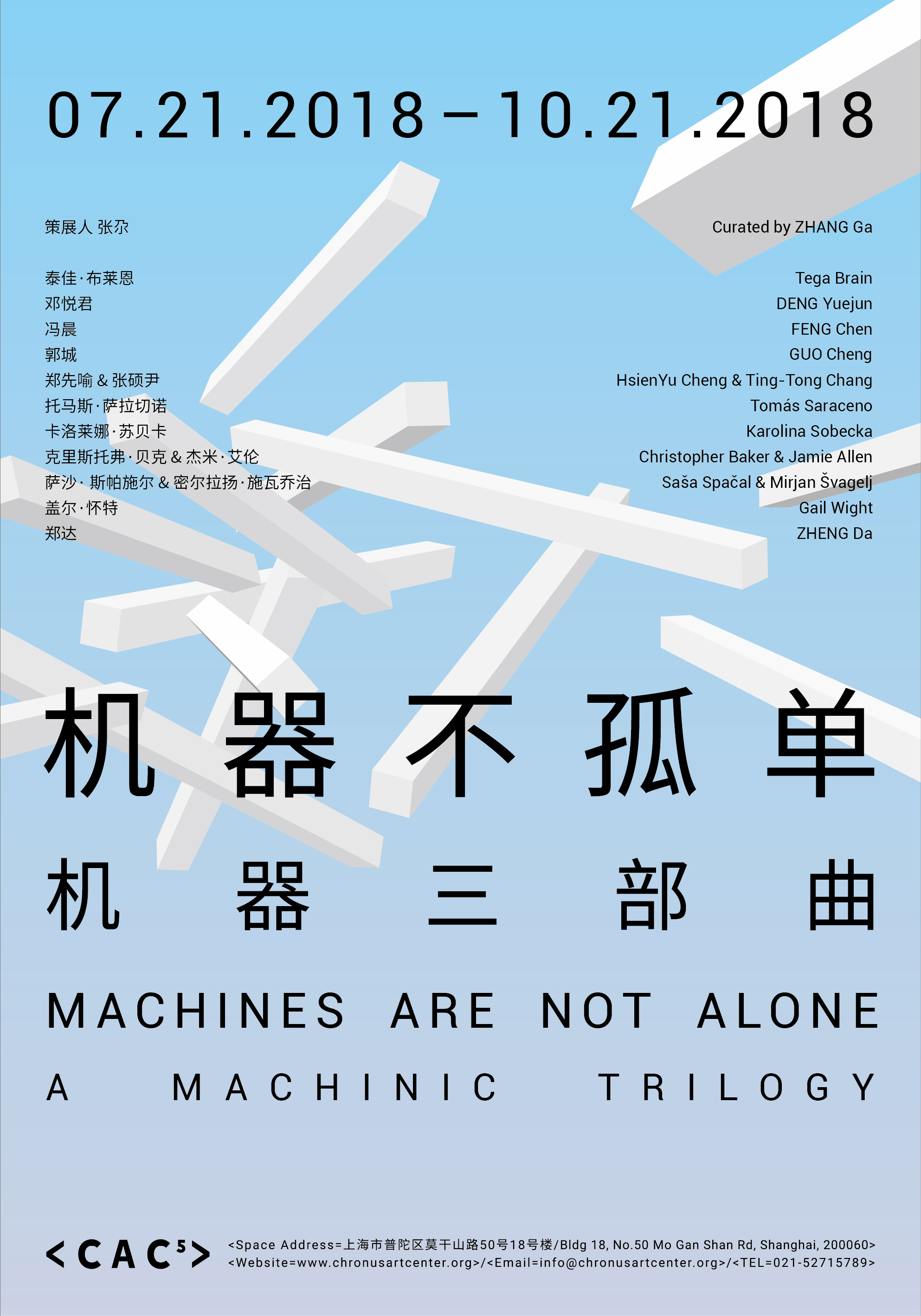
Chronus Art Center (CAC) in collaboration with ZKM | Center for Art and Media Karlsruhe and Nam June Paik Art Center co-present an international group exhibition series Datumsoria. The exhibition was inaugurated at CAC from September 17 to December 30, 2016, traveled to ZKM | Center for Art and Media Karlsruhe subsequently between September 9, 2017 and March 18, 2018 and is currently on view at Nam June Paik Art Center, exhibiting artworks by LIU Xiaodong, Carsten Nicolai and Nam June Paik.
Meanwhile, “Three Rooms,” a project initiated by CAC, ZKM and Nam June Paik Art Center, supporting and promoting international exchange of emerging media artists, is now open at Nam June Paik Art Center, featuring three artists: YANG Jian (China), Verena Fridrich (Germany), and Kim Heecheon (Korea) who were selected by the three institutions. The Chinese selection was made through the exhibition A Nomination Exhibition of Three Rooms: International Touring Exhibition of Young Media Artists in 2017 at CAC.
Datumsoria and Three Rooms opened on July 12 and will remain on view through September 16 at Nam June Paik Art Center.
<The opening of Datumsoria & Three Rooms>

▲ LIU Xiaodong: Weight of Insomnia, commissioned by "Art&Tech@". Courtesy of Nam June Paik Art Center.

▲ LIU Xiaodong presenting his work. Courtesy of Nam June Paik Art Cente



▲Verena Friedrich: The Long Now. Courtesy of Nam June Paik Art Center


 ▲ YANG Jian: Forest of Sensors. Installation performance. Courtesy of Nam June Paik Art Center
▲ YANG Jian: Forest of Sensors. Installation performance. Courtesy of Nam June Paik Art Center
Past Exhibition
A Nomination Exhibition of Three Rooms: International Touring Exhibition of Young Media Artists @CAC
Co-presented by

![]()


































